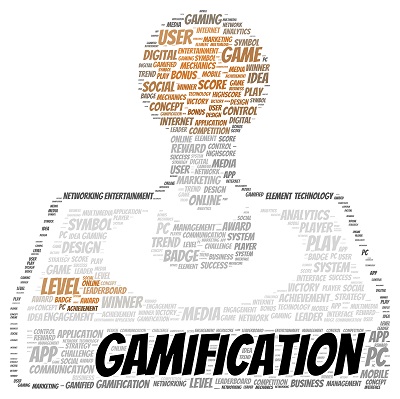Use of Games to Reinforce Knowledge & Reduce Text Anxiety

Games versus Testing
Consider the atmosphere with these two options. When someone has to take a test, the environment is a little bit tense with some folks getting nervous that there’s going to be a scoring mechanism of some kind. With a game, however, that atmosphere is entirely different. Usually what happens is there is a degree of friendly competition and a desire to beat his/her own score or that of others who have played the game. Also, people will play games over and over but rarely do you see the same dedication with taking an exam.
If your goal is to simply check that the material has been absorbed or ensure that your training was effective, using a game instead of a test will accomplish the same thing. Instead of a test score, which many people will mentally translate into a corresponding letter grade, you simply set up goals within the game. The end result will be the same, before the student can continue on or fully complete the training, a certain objective will have to have been met.
Ways to Incorporate Games into eLearning
Depending on the LMS that you are using, you likely have a number of game type options you can use. One approach that is really popular is to build an eLearning game in your authoring tool and then access that using your LMS platform. Some of the game templates are based on the concept of common games shows, so when your employees see them, they already have an idea of what they need to do.
You can program your “game” so that if a certain score or level is not obtained that the learner gets a friendly reminder to go back and give it another try before proceeding. Just like any other type of adult learning concept, you have the option to include feedback with every correct or incorrect response that reinforces the material or explains why the answer is correct (or not). Repeating a game is a lot less intimidating than failing a test.
Winning Results
Today’s adult learners will appreciate the inclusion of games in their eLearning activities. If you have some difficulties selling this concept to executive or administrative staff of your business, try asking for a time to try it out with them. Before you know it, you’ll have your leaders trying to show each other up on a pseudo Jeopardy game and they’ll better understand your approach. Games help make your eLearning more fun and your students less nervous, while still reinforcing the material concepts of the training. It’s a win for everyone.
Have you used gamification for learning? What were the results? Would you recommend it to a friend?





